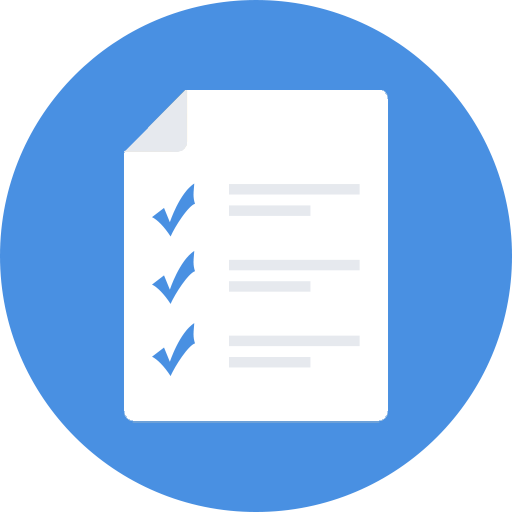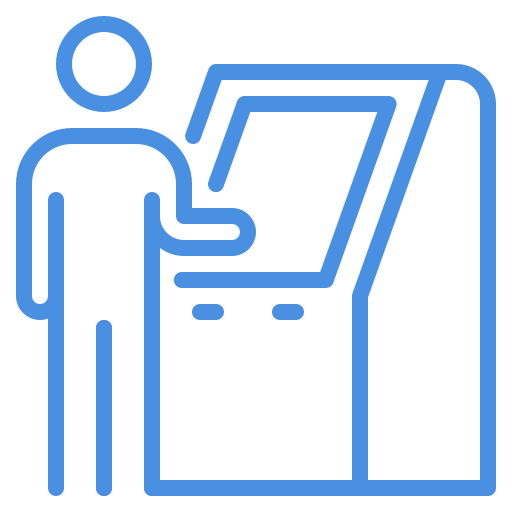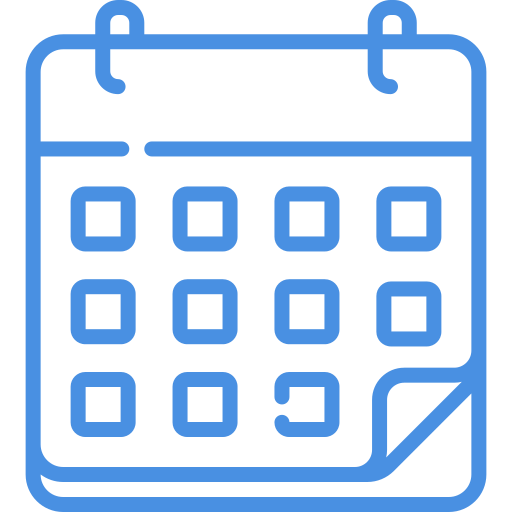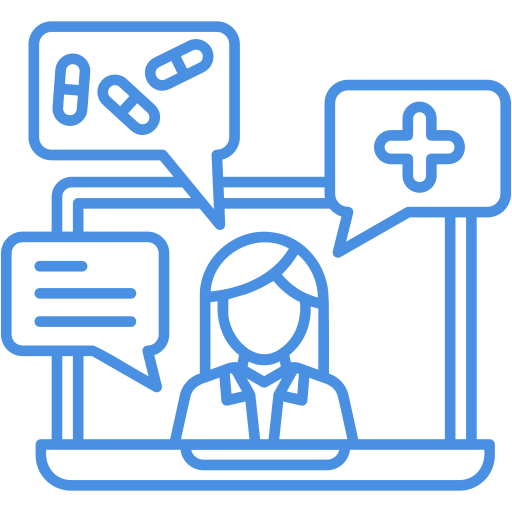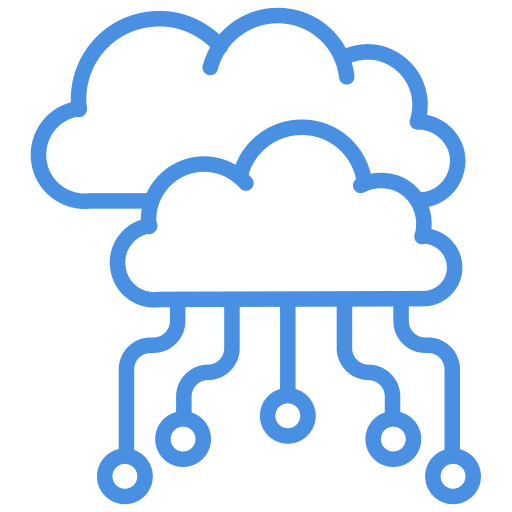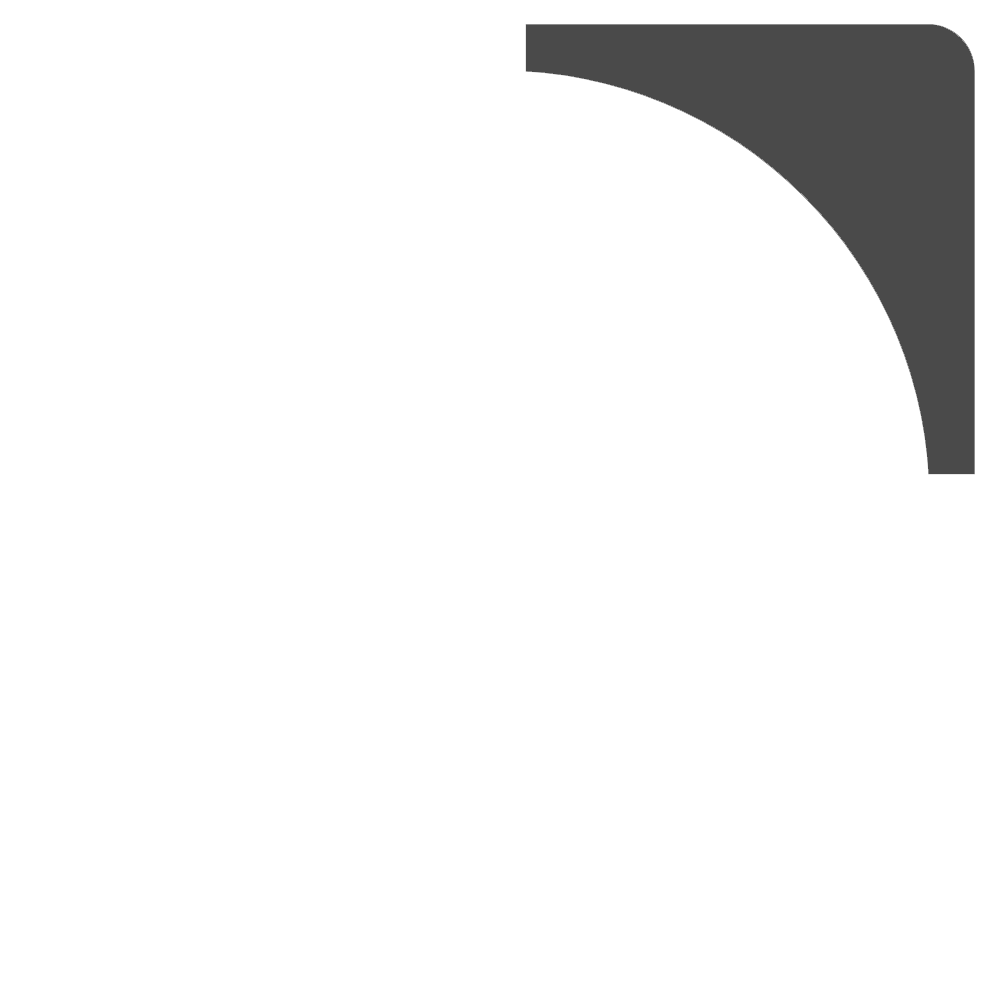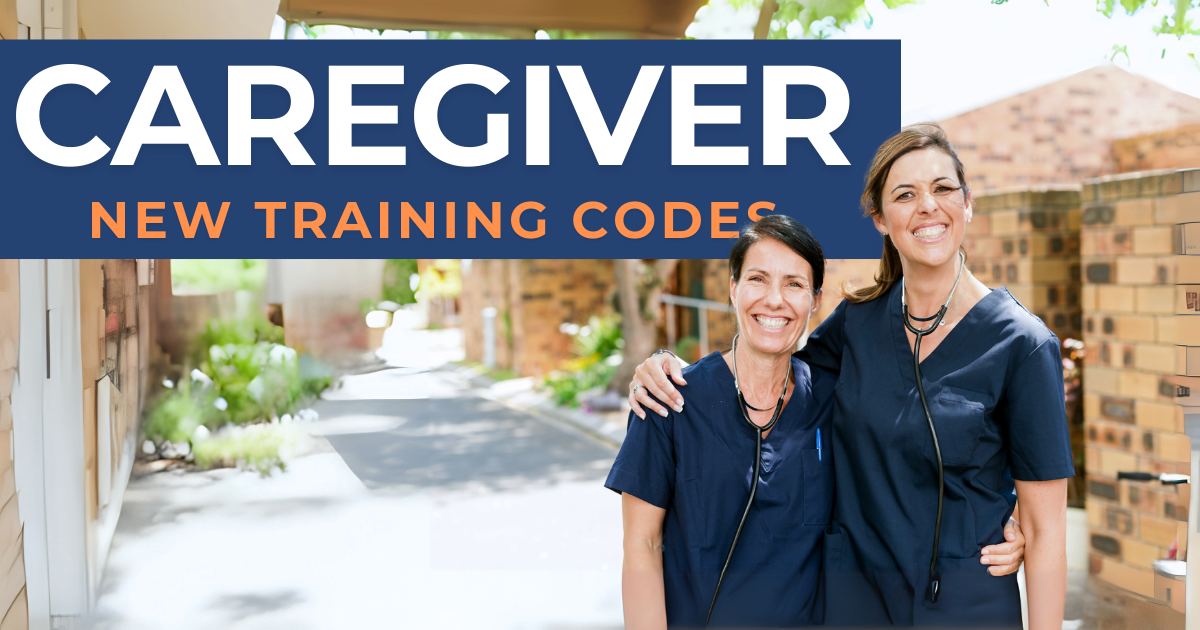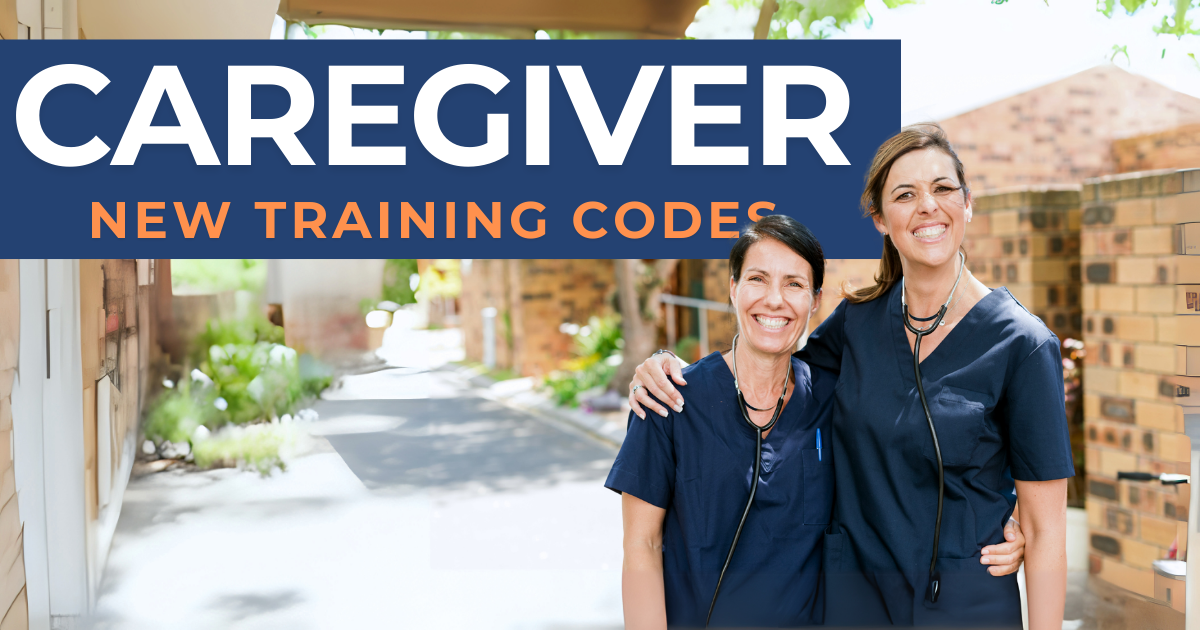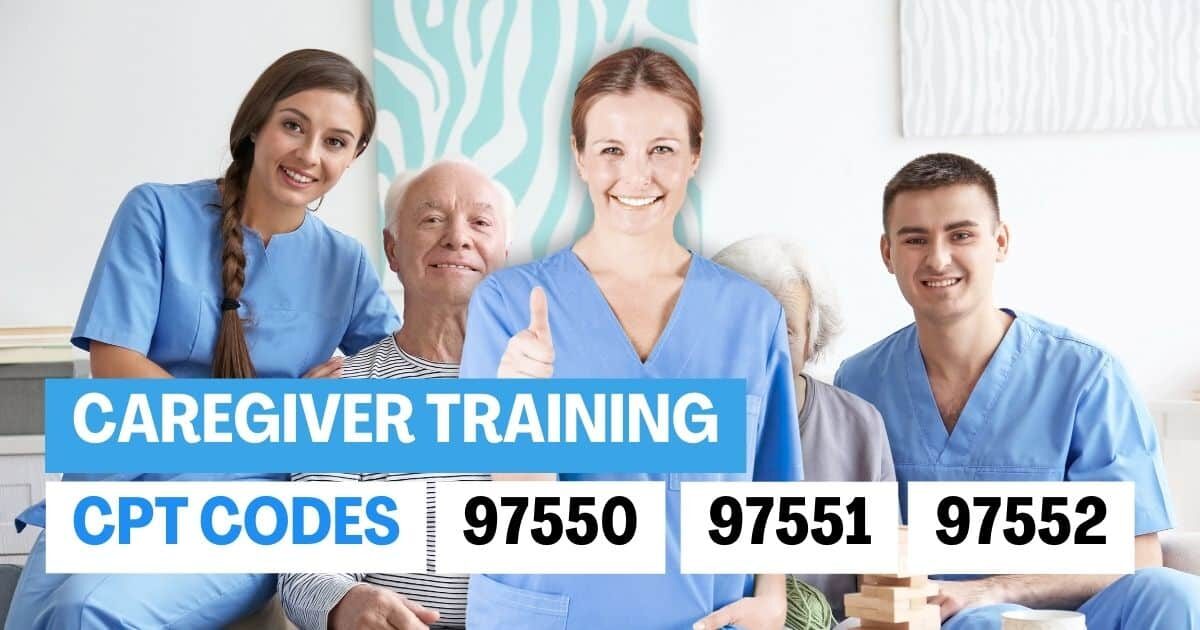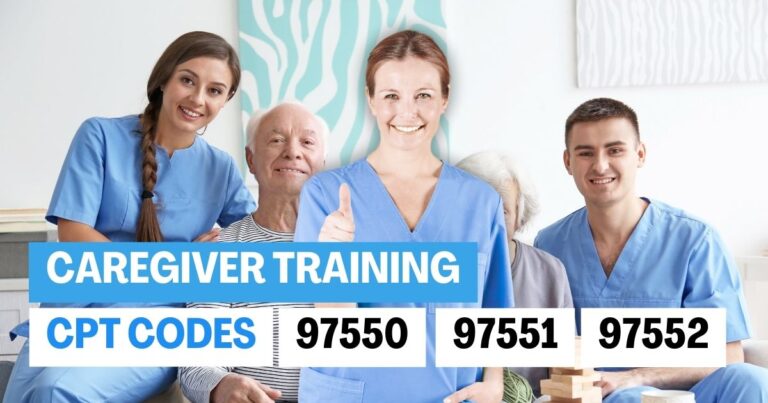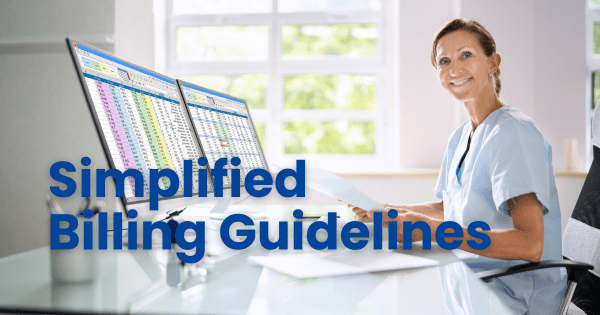Modifier 59 Made Easy: How to Avoid Errors
This article breaks down the significance of modifier 59, offers practical tips for its correct application, and highlights common mistakes to avoid. Plus, learn how HelloNote EMR can simplify modifier 59 management, ensuring faster reimbursements and improved compliance.

In 2025, therapy practices are tasked with staying up-to-date on billing procedures and ensuring compliance with Medicare guidelines. Among the most important tools for managing therapy billing is modifier 59—a crucial code for distinguishing distinct services provided on the same day. This modifier helps prevent claim bundling, ensuring that all therapy services are properly identified and reimbursed.
This article will delve into the significance of modifier 59, how it can streamline billing, and how to effectively use it in your therapy practice—specifically in 2025.
What is Modifier 59 and Why Is It Important in Therapy Billing?
Modifier 59 is a critical tool for therapy practices, used to indicate that a service or procedure performed on the same day as another was distinct and independent. It helps prevent the bundling of services that should be reimbursed separately, ensuring that each therapy service gets appropriately processed.
Without modifier 59, claims might be denied due to the bundling of services, causing delays in payment and added administrative effort. Proper application of this modifier ensures that separate therapy services are clearly distinguished, reducing the chances of claim denials and speeding up the reimbursement process.
When Should You Use Modifier 59?
Modifier 59 should be used when you are providing multiple distinct therapy services on the same day. For example, if a patient receives two different therapy modalities that are typically considered bundled under a single procedure, you should use modifier 59 to separate the services.
Here are some scenarios where modifier 59 is often applied:
-
- Multiple Therapy Modalities: If a patient receives separate therapy treatments like physical therapy and speech-language pathology on the same day, modifier 59 helps to identify each treatment as distinct.
-
- Distinct Services: When two distinct services are provided on the same day, such as a therapy session and an evaluation, modifier 59 indicates they should not be grouped together.
-
- Separate Site of Service: If a patient receives therapy at multiple sites on the same day, modifier 59 can be used to clarify that these services are separate and should be reimbursed accordingly.
How to Apply Modifier 59 Correctly
Accurate use of modifier 59 is crucial to avoid issues with claim denials. Here’s how you can ensure it’s applied correctly:
-
- Identify Separate Services: Confirm that the services being billed are indeed distinct and shouldn’t be bundled together. Services should be separate in terms of type, procedure, or location.
-
- Documentation: Ensure that your documentation clearly supports the use of modifier 59. This may include detailed notes on the patient’s treatment plan, the separate nature of the services provided, and how each service contributes to the patient’s care.
-
- Use EMR Tools: Many EMR platforms, including HelloNote, allow you to easily apply modifier 59 with guided prompts, ensuring it’s done correctly every time.
Common Challenges with Modifier 59
While modifier 59 is a powerful tool, it can also lead to challenges if not used correctly. Some common issues practices face include:
-
- Incorrect Application: The modifier may be used incorrectly, resulting in denials. For example, modifier 59 should only be applied to services that are distinct and separate—incorrect application can lead to issues during audits.
-
- Lack of Documentation: Without proper documentation to support the use of modifier 59, claims may be rejected. It’s important that the therapy services provided are well-documented and clearly distinguishable.
-
- Confusion with Other Modifiers: Some practices confuse modifier 59 with other modifiers, such as modifier 51, which is used to indicate multiple procedures were performed during the same session. It’s crucial to understand the specific application of each modifier.
Best Practices for Using Modifier 59 in 2025
- To streamline the use of modifier 59 and avoid denials, follow these best practices for 2025:
-
- Regular Training: Ensure your billing team is well-trained on when and how to use modifier 59. This will help prevent errors and streamline the billing process.
-
- Track Modifier Usage: Use an EMR system like HelloNote to monitor the use of modifier 59. Automated tracking will help ensure it’s applied correctly and consistently across all claims.
-
- Verify and Review: Before submitting claims, verify that modifier 59 is only used for separate, distinct services. Double-check your documentation to ensure it supports the modifier’s application.
-
- Stay Updated: Keep up with changes in Medicare’s billing requirements for 2025. Modifier 59 may have specific rules depending on payer policies, and it’s important to stay informed about any updates for 2025.
How HelloNote EMR Simplifies Modifier 59 Management
Managing modifier 59 can be challenging, but HelloNote EMR simplifies the process with several features designed to reduce errors and ensure compliance:
-
- Guided Modifier Application: HelloNote’s system prompts you when modifier 59 should be applied, helping you avoid mistakes.
-
- Automated Alerts: Get notifications when a claim may require modifier 59, ensuring that no separate services are missed.
-
- Comprehensive Reporting: Generate reports that track the usage of modifier 59 across all claims, making it easy to review modifier applications and stay compliant.
-
- Team Collaboration: Share updates across your team, ensuring that everyone is on the same page regarding modifier 59 usage and the services provided.
Ready to Optimize Modifier 59 Use in Your Practice?
Efficient use of modifier 59 can drastically improve your billing process, reduce claim denials, and ensure timely reimbursement for distinct services. By leveraging an EMR platform like HelloNote, you can streamline the application of modifier 59 and maintain compliance with ease in 2025.
Take the next step toward optimizing your therapy billing by scheduling a demo with HelloNote. Learn how our platform can simplify the use of modifier 59 and other essential billing codes, ensuring your practice stays efficient, compliant, and successful in 2025.

